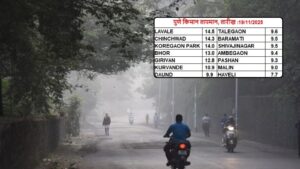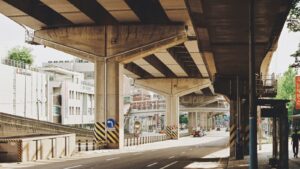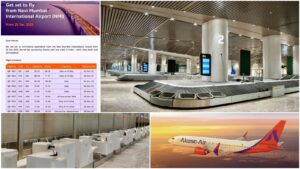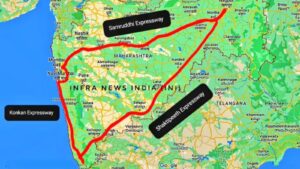How Pune Ring Road Will Impact Property Prices, Rentals, and Township Development by 2028–29
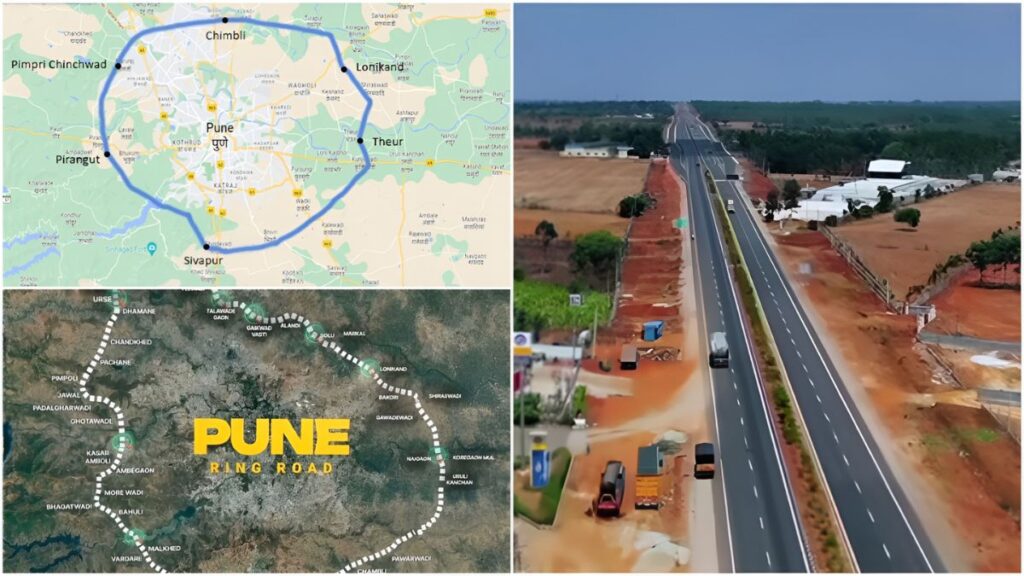
Pune is moving fast from being Maharashtra’s cultural capital to a major urban economic hub. With infrastructure, urban mobility, and digital governance projects reshaping the city, the 172 km Pune Ring Road under construction is expected to be a major game-changer for connectivity and real estate.
The Maharashtra State Road Development Corporation (MSRDC) is executing the project in two phases:
- Eastern Ring Road: connecting Pune–Nashik Highway with Pune–Solapur Highway
- Western Ring Road: linking Pune–Mumbai Expressway with Pune–Satara Highway
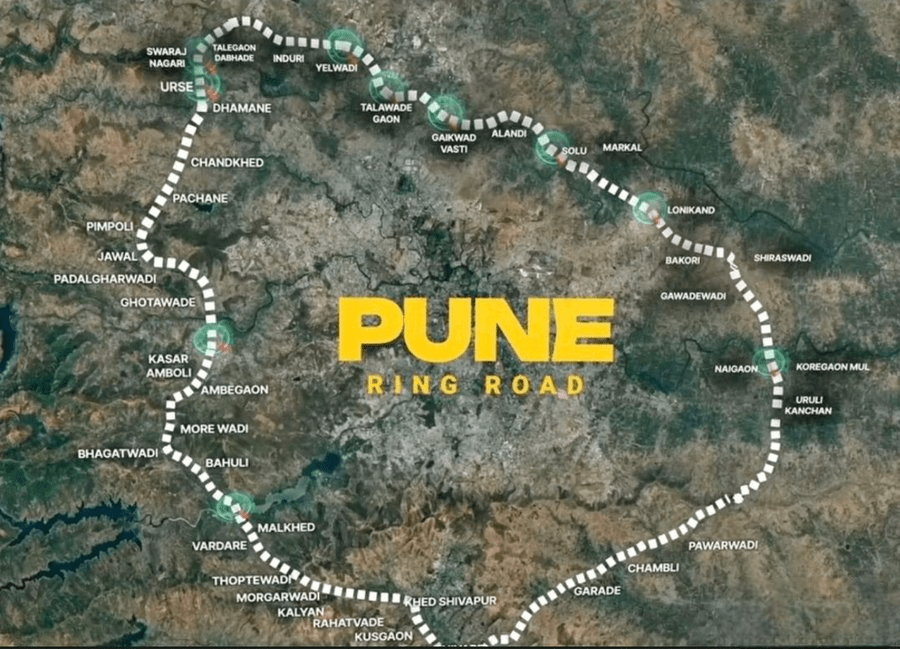
The new ring road is designed to reduce traffic congestion, link key highways, and cut travel times. This improvement is already attracting attention from property buyers and developers, with a noticeable shift in housing demand, property values, and township development in Pune’s peripheral areas.
Estimated Completion Timeline
Land acquisition is always the biggest hurdle in any mega infrastructure project and in the case of Pune Ring Road, also known as Outer Ring Road, the land acquisition has already been completed and the work is going on on all packages, it is expected that the project will be completed by 2028-29.
Rise of New Townships
The Pune Metropolitan Region Development Authority (PMRDA) has started planning multiple townships along the route.
- Mhalunge–Maan Township: 700-acre project inspired by Hinjawadi IT Park across the Mula river from Hinjawadi
- Around 15 new townships along the 32-km Phase 1 stretch, covering areas like Avatalewadi, Wadachi Wadi, Holkarwadi, Phursungi, Manjri Budruk, Yevalewadi, and Pisoli
- Holkarwadi to host two large townships, with additional residential developments in Vadachiwadi and Autande Handewadi across 500 acres
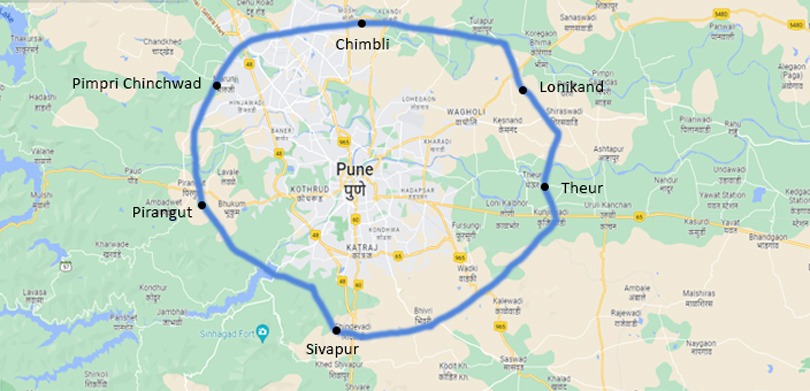
PMRDA plans to recover nearly a quarter of the project’s cost through land monetisation and town planning schemes, targeting returns of over ₹10,000 crore in 4–5 years.
Impact on Real Estate Prices
The Ring Road is already influencing Pune’s housing market:
- Western corridors like Hinjewadi Phase 3 and Pirangut are seeing strong demand, with prices expected to rise 20–25% over the next few years
- Peripheral zones such as Wagholi, Chakan, Shirwal, and Uruli Kanchan could see 10–15% price growth by 2025
- Premium micro-markets like Viman Nagar, Kalyani Nagar, Koregaon Park, Kharadi, and Magarpatta may see slower growth as buyers look toward more affordable western hubs
Boost to Rentals and Commercial Demand
Improved connectivity to IT parks, manufacturing zones, and e-commerce hubs is expected to increase rental demand. Professionals working in Hinjawadi, Kharadi, and Baner may prefer affordable housing in nearby peripheral areas.
MSRDC also plans five logistics hubs along the Ring Road, which will further boost warehousing, manufacturing, and employment. Retail, hospitality, and mixed-use developments are expected to grow alongside these hubs.
Challenges Ahead
Despite its promise, the Ring Road faces some hurdles:
- Rising land prices may make housing less affordable for middle-income buyers
- Delays due to land acquisition or environmental approvals
- Rapid urbanisation will require strong planning, open spaces, and robust drainage systems to prevent flooding
Outlook
Experts agree that the Pune Ring Road will drive the next wave of residential and commercial expansion. Townships featuring smart-city designs, green infrastructure, and sustainable housing are likely to dominate. Investors can expect strong returns, especially from mid-segment housing and rental markets.
The Pune Ring Road is more than an infrastructure project; it is poised to redefine urban growth, living patterns, and real estate investment in Pune over the next decade.


